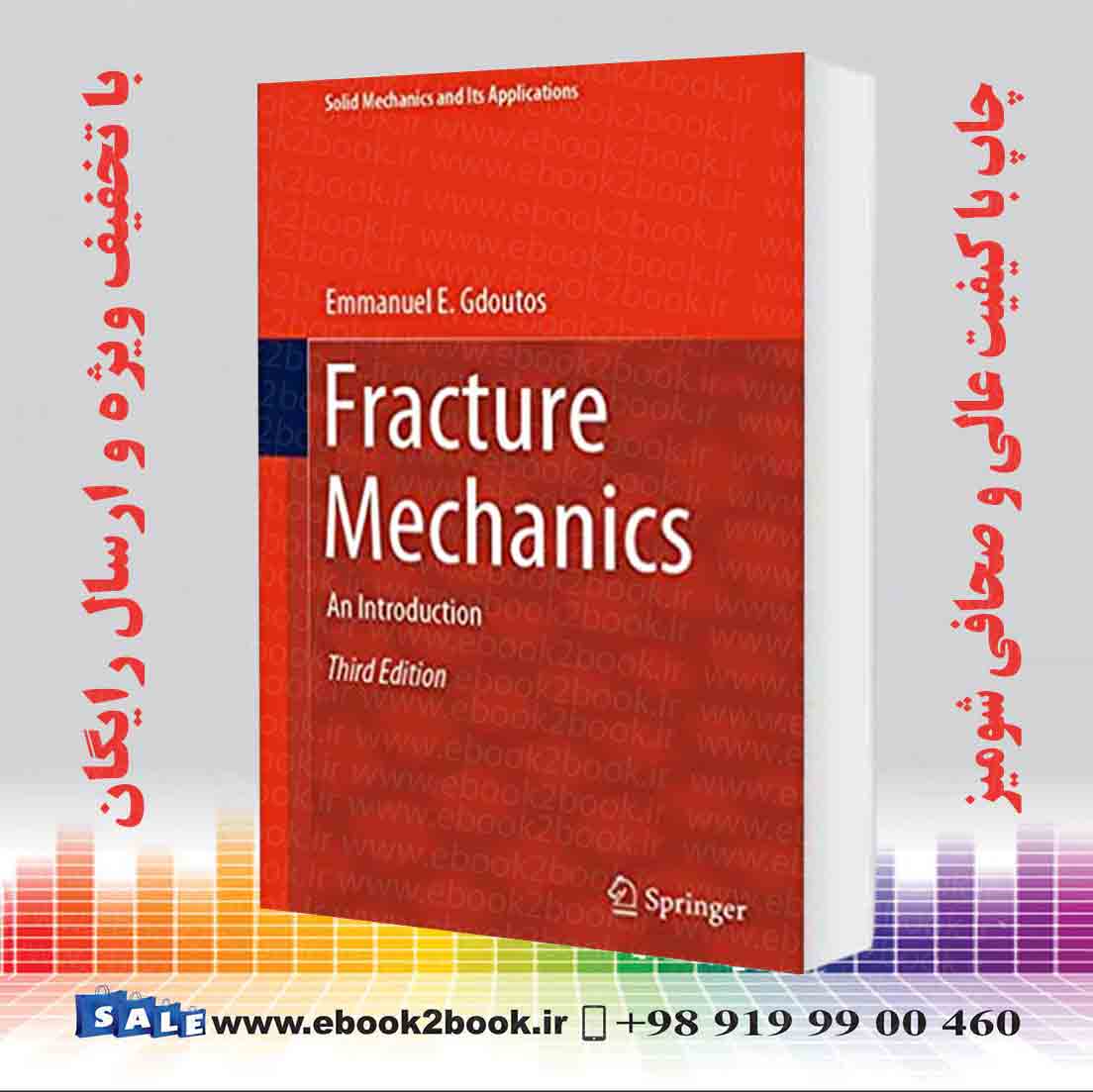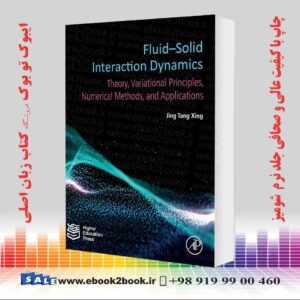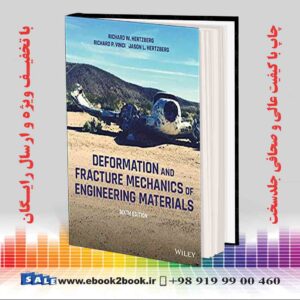Fracture Mechanics 3rd Edition
This book discusses the basic principles and traditional applications of fracture mechanics, as well as the cutting-edge research in the field over the last three decades in current topics like composites, thin films, nanoindentation, and cementitious materials.
Experimental methods play a major role in the study of fracture mechanics problems and are used for the determination of the major fracture mechanics quantities such as stress intensity factors, crack tip opening displacements, strain energy release rates, crack paths, crack velocities in static and dynamic problems. These methods include electrical resistance strain gauges, photoelasticity, interferometry techniques, geometric and interferometry moiré, and the optical method of caustics.
Furthermore, numerical methods are often used for the determination of fracture mechanics parameters. They include finite and boundary element methods, Green’s function and weight functions, boundary collocation, alternating methods, and integral transforms continuous dislocations.









نقد و بررسیها0
هنوز بررسیای ثبت نشده است.